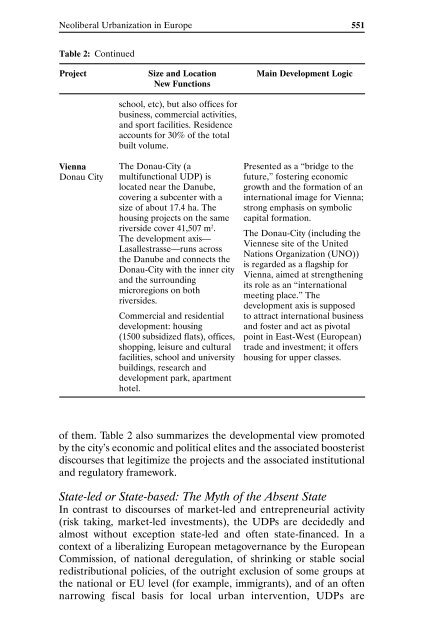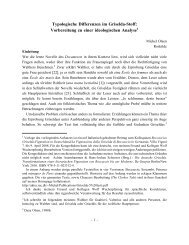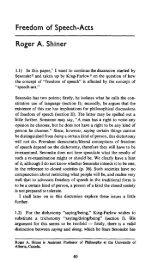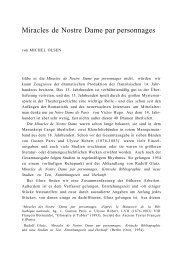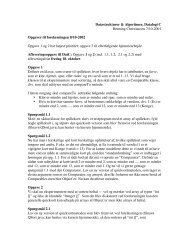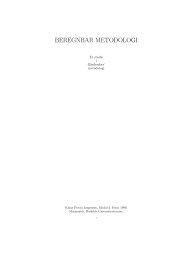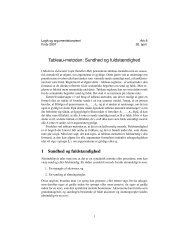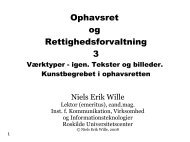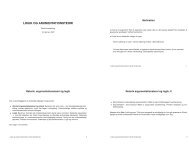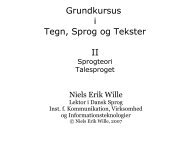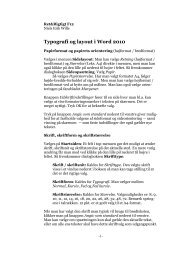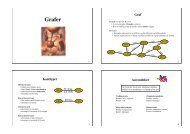Large–Scale Urban Development Projects and the New Urban Policy
Large–Scale Urban Development Projects and the New Urban Policy
Large–Scale Urban Development Projects and the New Urban Policy
Create successful ePaper yourself
Turn your PDF publications into a flip-book with our unique Google optimized e-Paper software.
Neoliberal <strong>Urban</strong>ization in Europe 551<br />
Table 2: Continued<br />
Project Size <strong>and</strong> Location Main <strong>Development</strong> Logic<br />
<strong>New</strong> Functions<br />
school, etc), but also offices for<br />
business, commercial activities,<br />
<strong>and</strong> sport facilities. Residence<br />
accounts for 30% of <strong>the</strong> total<br />
built volume.<br />
Vienna<br />
Donau City<br />
The Donau-City (a<br />
multifunctional UDP) is<br />
located near <strong>the</strong> Danube,<br />
covering a subcenter with a<br />
size of about 17.4 ha. The<br />
housing projects on <strong>the</strong> same<br />
riverside cover 41,507 m 2 .<br />
The development axis—<br />
Lasallestrasse—runs across<br />
<strong>the</strong> Danube <strong>and</strong> connects <strong>the</strong><br />
Donau-City with <strong>the</strong> inner city<br />
<strong>and</strong> <strong>the</strong> surrounding<br />
microregions on both<br />
riversides.<br />
Commercial <strong>and</strong> residential<br />
development: housing<br />
(1500 subsidized flats), offices,<br />
shopping, leisure <strong>and</strong> cultural<br />
facilities, school <strong>and</strong> university<br />
buildings, research <strong>and</strong><br />
development park, apartment<br />
hotel.<br />
Presented as a “bridge to <strong>the</strong><br />
future,” fostering economic<br />
growth <strong>and</strong> <strong>the</strong> formation of an<br />
international image for Vienna;<br />
strong emphasis on symbolic<br />
capital formation.<br />
The Donau-City (including <strong>the</strong><br />
Viennese site of <strong>the</strong> United<br />
Nations Organization (UNO))<br />
is regarded as a flagship for<br />
Vienna, aimed at streng<strong>the</strong>ning<br />
its role as an “international<br />
meeting place.” The<br />
development axis is supposed<br />
to attract international business<br />
<strong>and</strong> foster <strong>and</strong> act as pivotal<br />
point in East-West (European)<br />
trade <strong>and</strong> investment; it offers<br />
housing for upper classes.<br />
of <strong>the</strong>m. Table 2 also summarizes <strong>the</strong> developmental view promoted<br />
by <strong>the</strong> city’s economic <strong>and</strong> political elites <strong>and</strong> <strong>the</strong> associated boosterist<br />
discourses that legitimize <strong>the</strong> projects <strong>and</strong> <strong>the</strong> associated institutional<br />
<strong>and</strong> regulatory framework.<br />
State-led or State-based: The Myth of <strong>the</strong> Absent State<br />
In contrast to discourses of market-led <strong>and</strong> entrepreneurial activity<br />
(risk taking, market-led investments), <strong>the</strong> UDPs are decidedly <strong>and</strong><br />
almost without exception state-led <strong>and</strong> often state-financed. In a<br />
context of a liberalizing European metagovernance by <strong>the</strong> European<br />
Commission, of national deregulation, of shrinking or stable social<br />
redistributional policies, of <strong>the</strong> outright exclusion of some groups at<br />
<strong>the</strong> national or EU level (for example, immigrants), <strong>and</strong> of an often<br />
narrowing fiscal basis for local urban intervention, UDPs are


